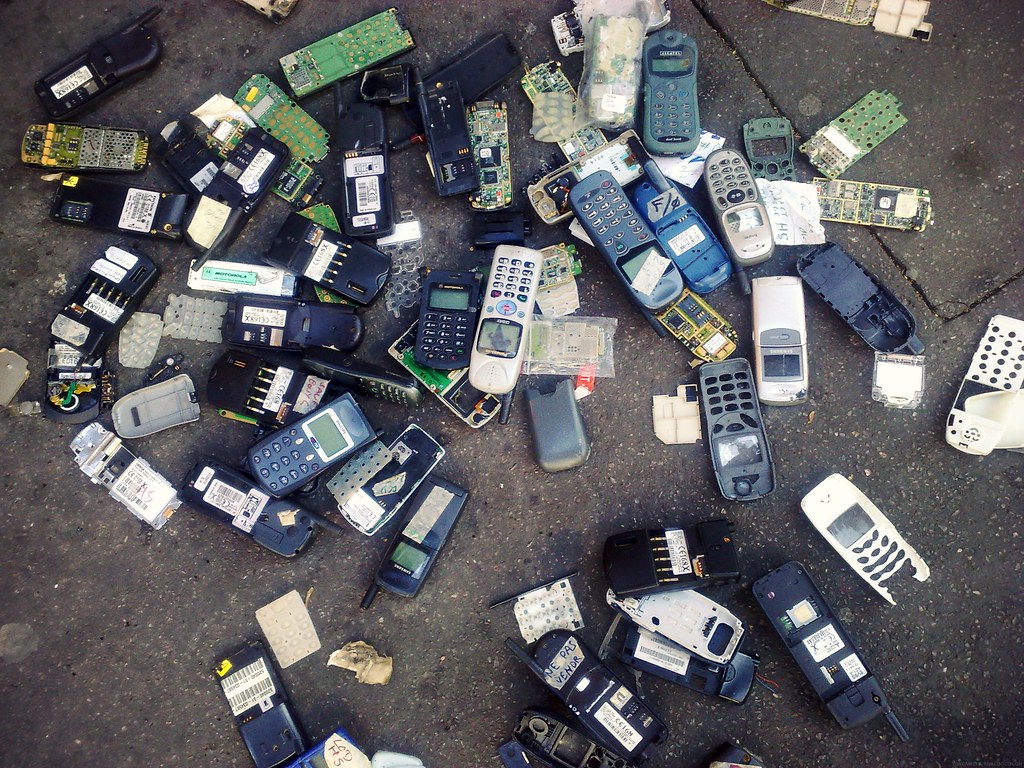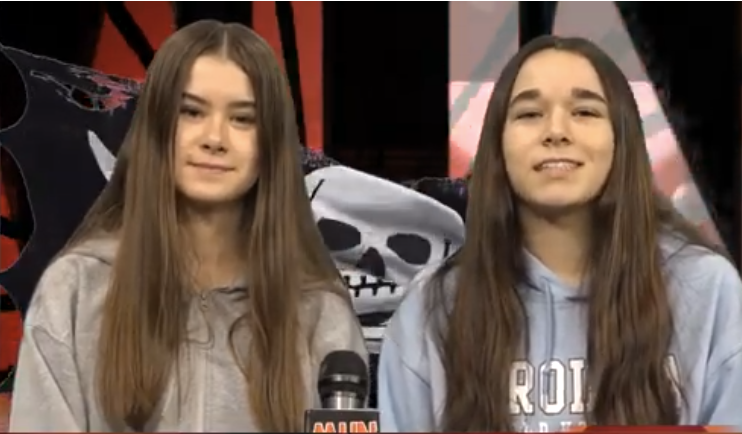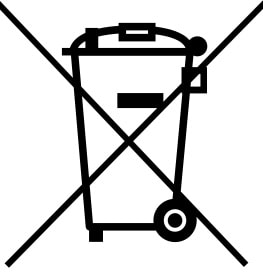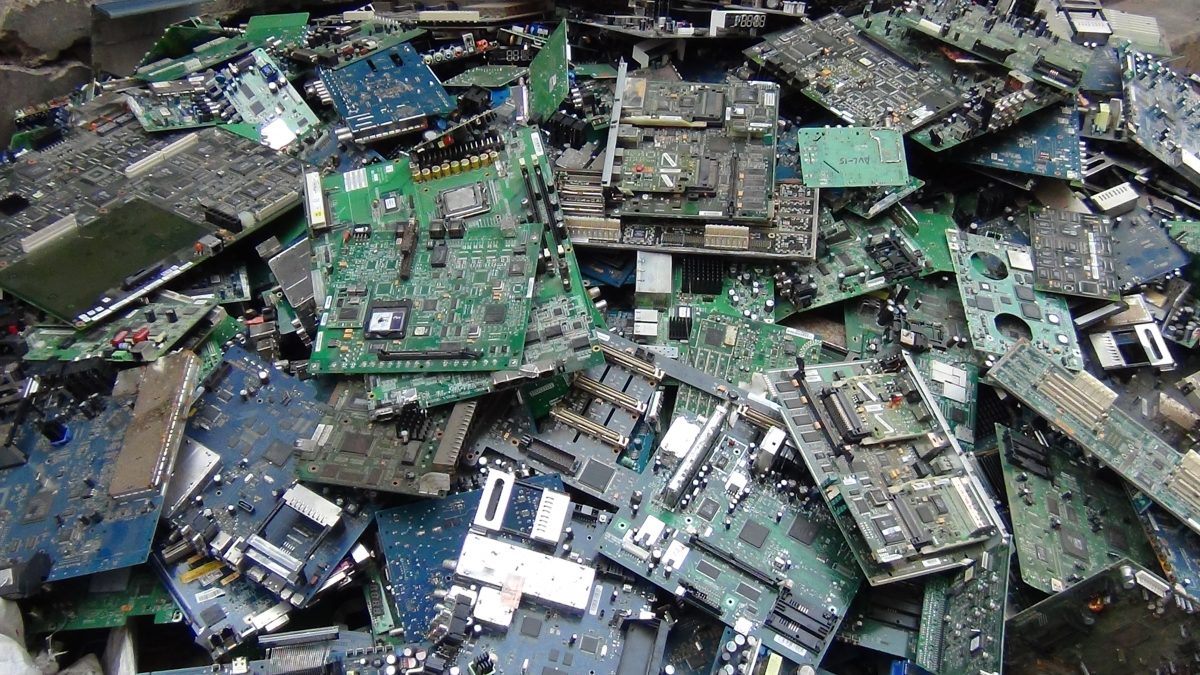|
by Glenn C. Koenig, webmaster at Town Wide Mall
The purpose of the collection is to divert the toxic elements and compounds within the devices from the regular trash stream, where it would otherwise be incinerated and released into the atmosphere or become part of the incinerated “ash” that is later transported to landfills. Instead, the waste will be handled by operations specifically devoted to recycling the items, such as the electronic waste program at Staples, the office supply retailer.
The drive is part of a high school wide "March Madness" competition. Students in each grade are competing against students in the other three grades at the school. There are various other ways for students to earn points in the competition, in addition to the drive. Maynard residents, other than those connected with the school as mentioned above, cannot donate directly to the drive at the school, but are otherwise encouraged to donate any devices that are still in working condition to any of the various charities who take them for reuse. (For example, I searched the web for "donate working electronics" and came up with a reasonable list.) For devices that are no longer working, various retailers, such as Staples and others have programs to take them. In addition, Troop 130, here in Maynard, has a separate drive, twice annually, for deposit containers and electronic waste where residents of the town can drop off their e-waste items and donate money to benefit the Troop at the same time. Contact the troop for the latest information through their web site, https://maynardtroop130.weebly.com
About WAVM WAVM are the call letters for both the radio and TV stations at Maynard High School. The stations are operated by a team of students, under the supervision of John Ogden, television and radio broadcast teacher. They maintain a web site at https://wavm.org/ The radio station broadcasts on 91.7 FM; the TV station can be seen by cable TV customers on Verizon FiOS channel 28 or on Comcast Xfinity channel 8, but does not have an "over the air" broadcast capability. Live broadcasts can be streamed online at https://wavm.org/live/ Programs previously produced at the studio can be seen on YouTube at https://www.youtube.com/@WAVMproductions Staff at the station can be contacted by any of the means displayed on their Contact page: https://wavm.org/contact-us/ WAVM is Maynard’s only PEG (public/educational/government) access studio, which is housed entirely within the high school. Students working with the station provide video coverage of a variety of government meetings, as well as a series of news programs and other programming related to student, school, or town events and interests. Both the TV and radio stations broadcast live only at certain times during the week. Check the above web site for the latest schedule. Maynard High News (MHN) is one of many programs produced at the high school by students on a regular basis. The program features topics and creative works of interest to the student population at the school. Comment I applaud the students and staff at the high school for taking on this project. Although the effort might seem mundane at first, it is part of a major challenge facing our culture today.
With a population of 333 million people in the US right now, this adds up to many thousands of tons of electronic garbage that isn't going where it should go. I don't mean to blame anyone for this. After all, the problem is a cultural wide one. It exists because of our endless desire to invent, create, promote, and use the latest new technology. We live in a sea of messages that tell us that something new is better than what we have now, and therefore we should upgrade as soon as possible. What we should do with the one we already have is seldom mentioned. So, let's step back and look at the big picture. We mine ores from the ground, refine them into pure metals, then use them to make the components of our electronic products. We use the products until they malfunction or become obsolete. Then we "throw them away" and buy new ones. This leaves us with two major problems: • Mining has a significant impact on the land where the mines are located, and mining operations often exploit local people for labor, rendering them continuously in poverty, in poor health, and ending up with shortened lifespans. • Disposal also has a significant impact on us and the world around us. Where can we get rid of all these old electronics? Truck them to a landfill? Dump them into the ocean? Incinerate them and emit the toxic compounds that result into the air we breathe? What can we do to change this? We can learn from nature, which recycled everything before we humans and our clever industrial revolution showed up. That is, everything in nature is biodegradable. Minerals and nutrients make a full circle, from soil to plant to food for animals & humans, then back to the ground, into the soil, to start over. When everything was biodegradable, landfill made sense. Once in the ground, things would decompose and nature would take care of the rest. But manufactured products, made of metal and plastic can't decompose that way. Landfill just becomes a way to bury the problem and avoid dealing with it. If we follow nature's example, and complete the circle, then we avoid all the problems of mining and disposal. To complete the circle we have to do two things: • Design products to be easily disassembled so that the valuable metals and other elements within them can be removed, purified, and reused. • Send products we're done with to be separated into their component elements and compounds, which can then be used to manufacture new products, thus avoiding having to rely on mining to obtain more of them. And that's what these visionary high school students are doing. Teaching us all to complete the circle. No, it's not perfect. There's a long way to go for us all to live more compatibly with nature. But it has to start somewhere. Additional Resources For more on the impact of mining minerals used in today's electronic devices and electric cars, the WBUR program "On Point" produced a week long series of programs on the topic, entitled "Elements of Energy, Mining for a Green Future," March 11 through 15, 2024 https://www.wbur.org/onpoint/2024/03/07/elements-of-energy-mining-for-a-green-future Each of the five programs is available as a podcast, running approximately 45 minutes each. Both the pros and cons to mining are discussed. Please consider donating to help support the news in Maynard. Just click the button below to get started.
2 Comments
Terry Morse
3/19/2024 11:05:34 am
Superb presentation of important information!!Thank you for your efforts to educate the community!
Reply
Carolyn Stock
3/19/2024 10:05:11 pm
Please email me this newsletter
Reply
Leave a Reply. |
AuthorWrite something about yourself. No need to be fancy, just an overview. Archives
June 2024
Categories |
||||||||||||||||




 RSS Feed
RSS Feed